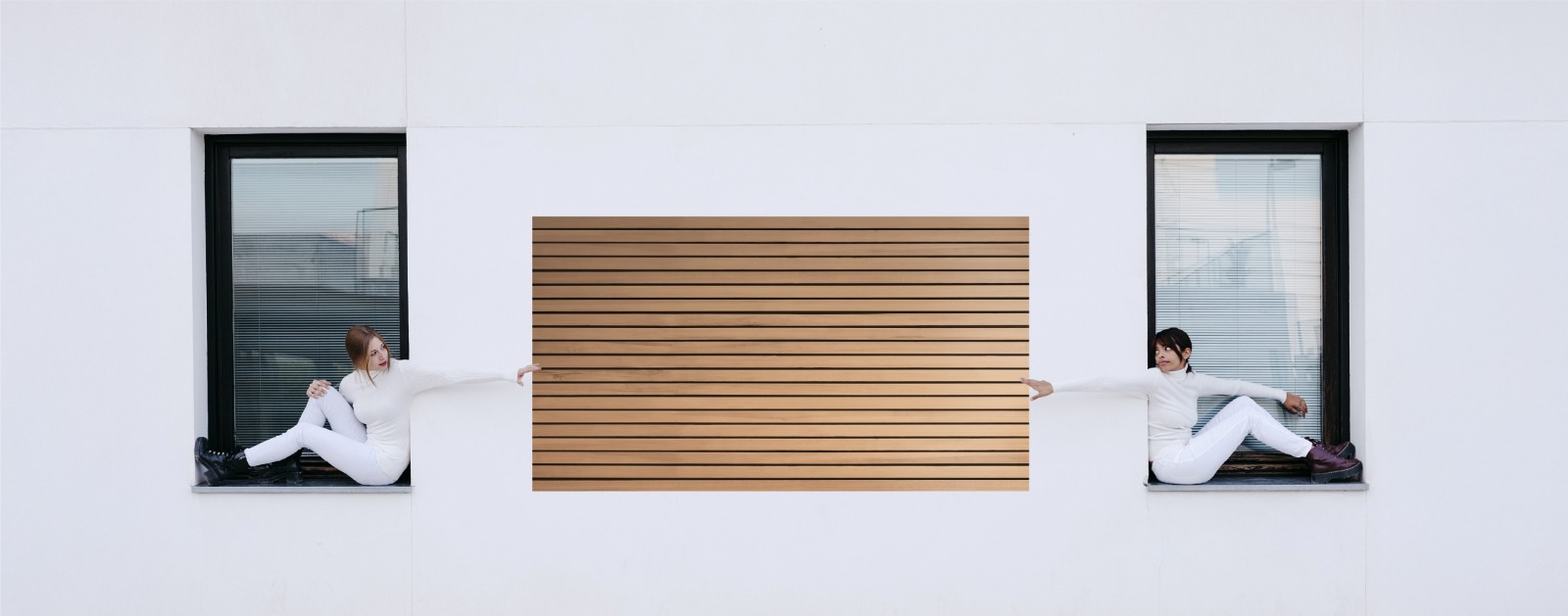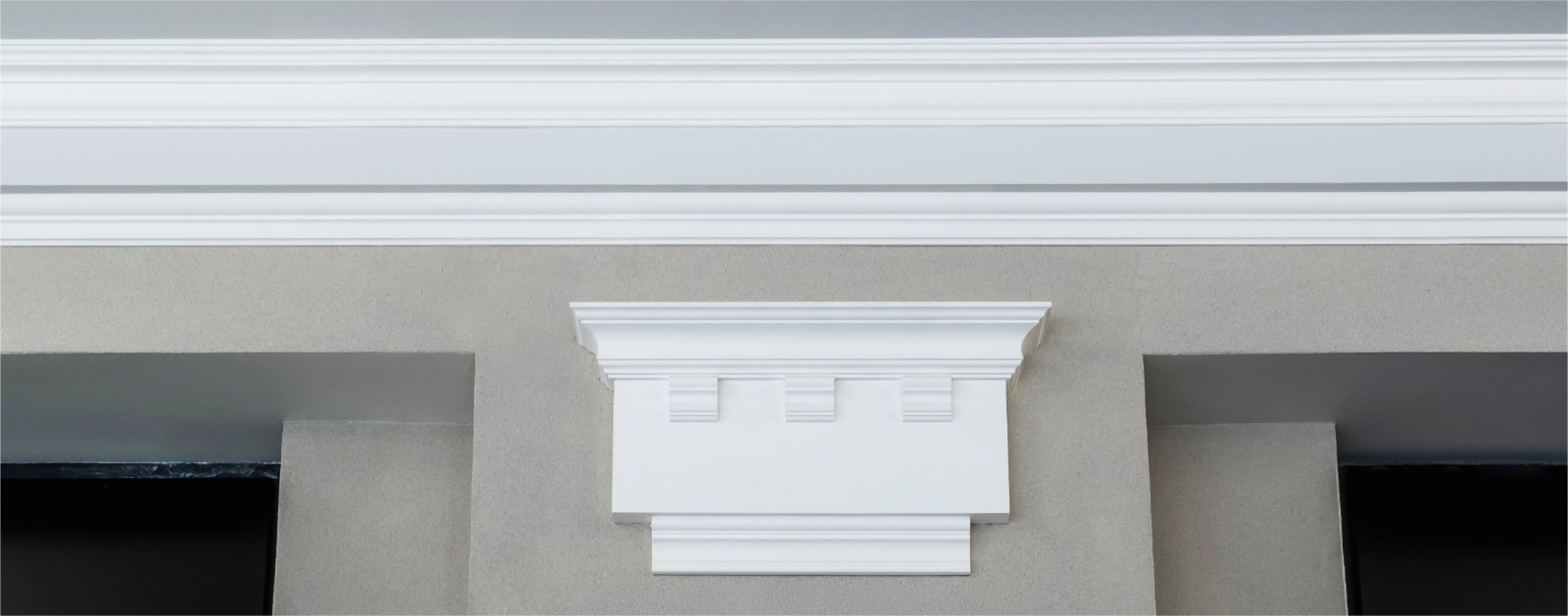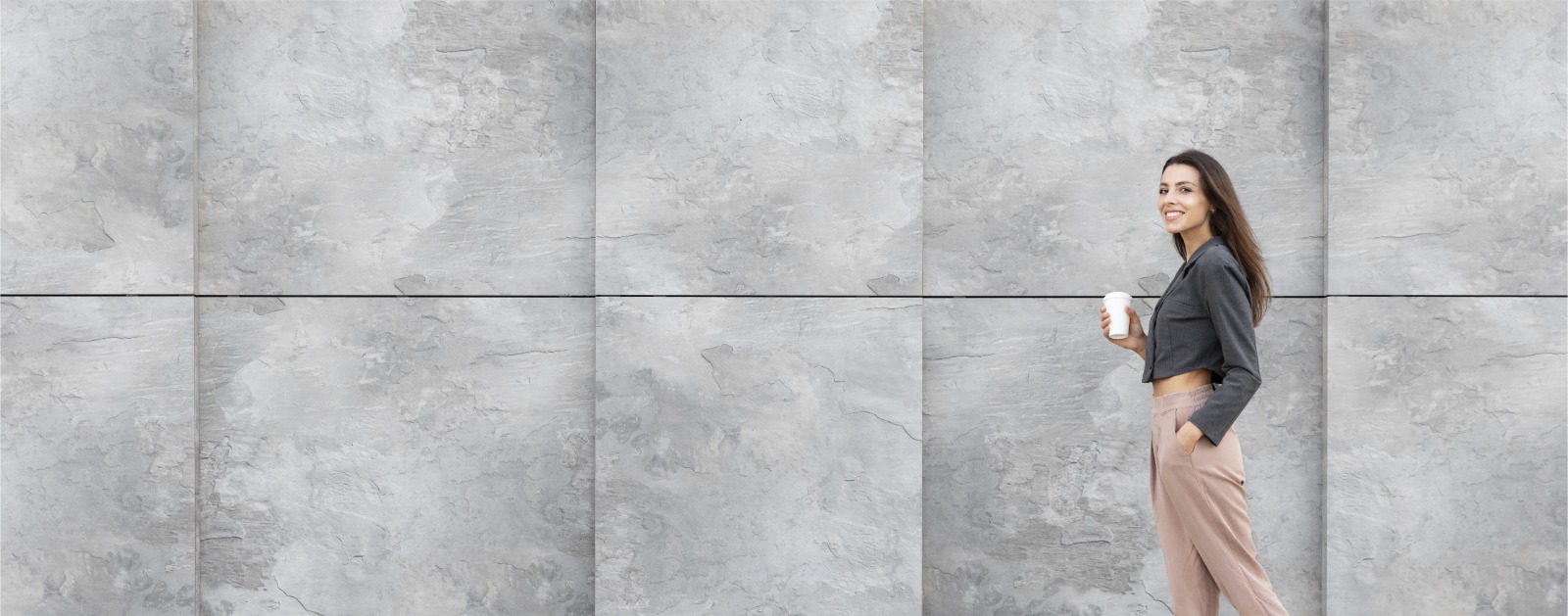
Coving / Cornice Moulding
Understanding Architectural Elements: Cornice Coving and Molding
Architectural elements such as cornice coving and molding play a crucial role in enhancing the aesthetic and structural appeal of a building. These elements not only add decorative flair but also serve functional purposes. In this article, we will explore various aspects of cornice coving, cornice molding, plaster coving & cornice, and the differences between coving and cornice.
What is Cornice Coving?
Cornice coving refers to a concave-shaped decorative molding that is used to create a seamless transition between the wall and the ceiling. It is a subtype of molding that adds a soft, curving element to interior spaces. Cornice coving is often employed to add elegance and sophistication, helping to soften the angles where walls and ceilings meet.
Exploring Cornice Molding
Cornice molding is a broader term that encompasses any horizontal decorative trim located at the top of a building wall or room. Unlike coving, which is typically concave, cornice molding can have various profiles, ranging from simple to intricate designs. It serves to crown a room, offering a polished and finished look, and is often used in both interior and exterior applications.
Plaster Coving & Cornice
Plaster coving and cornice are traditional decorative elements crafted from plaster materials. They offer a classic and durable finish that can be molded into elaborate designs. Plaster is a popular choice for its smooth finish and ability to hold intricate details, making it ideal for historic restorations or high-end interior design.
Moulding Coving Cornice: A Comprehensive Look
Moulding, coving, and cornice are often used interchangeably, but they have distinctions. Moulding refers to any decorative trim used throughout a building, including around doors, windows, and ceilings. Coving is a type of moulding with a specific curved profile, while cornice refers to the crowning decorative strip often used at the top of walls. Together, these elements can significantly enhance the architectural integrity and style of a space.
Interior Cornice
Interior cornices are used within the confines of a building to add decorative interest and elegance to rooms. They can be simple or ornate and are often used to complement other architectural features. Interior cornices can help define a room's style, whether it leans towards traditional or modern.
Exterior Cornice Molding
Exterior cornice molding is applied to the outside of a building, typically under the roofline. This type of molding serves both aesthetic and practical purposes, protecting the building from weather elements while adding a decorative touch. Exterior cornices can be found on both residential and commercial buildings, offering a grand and finished look to the structure.
Difference Between Coving and Cornice
While both coving and cornice are decorative trims used at the junction of walls and ceilings, the main difference lies in their shape and application. Coving is specifically concave and is used to create smooth transitions between surfaces. Cornice, however, can have various profiles and is often more elaborate, serving as a crowning feature that adds depth and character to both interiors and exteriors.
What is the difference between cornice and moulding?
Cornice and moulding are both decorative elements used in architecture, but they serve slightly different purposes. A cornice is specifically a horizontal decorative feature that crowns a building or room, often found at the top of a wall or just under the roofline. Moulding, on the other hand, is a broader term that refers to any decorative trim or strip used to enhance architectural features, including door frames, ceilings, and baseboards. Cornices are a type of moulding, but not all mouldings are cornices.
What is the difference between coving and molding?
Coving and molding both refer to decorative trim used to enhance the transition between surfaces, such as walls and ceilings. Coving is a specific type of moulding that features a concave profile, creating a smooth curve between the wall and the ceiling. Molding encompasses a wider variety of decorative trims, including coving, but also includes various shapes and profiles that can be used in different parts of a room or building.
What is a coved cornice?
A coved cornice is a type of cornice that features a concave or curved design. It provides a smooth, elegant transition between the wall and the ceiling, similar to coving. Coved cornices are often used to add a touch of sophistication to a room, creating a seamless blend between structural elements and enhancing the overall aesthetic.
What is another name for coving?
Another name for coving is "cove moulding." This term is used interchangeably with coving and refers to the same architectural feature, which is a concave moulding used to create a smooth transition between the wall and ceiling.
What is the purpose of coving?
The primary purpose of coving is to create a smooth, aesthetically pleasing transition between the wall and ceiling. It helps soften the angles in a room, adding a decorative touch that can enhance the overall design. Coving can also serve practical purposes, such as concealing imperfections at the junction of walls and ceilings and providing a finished look to the room.













